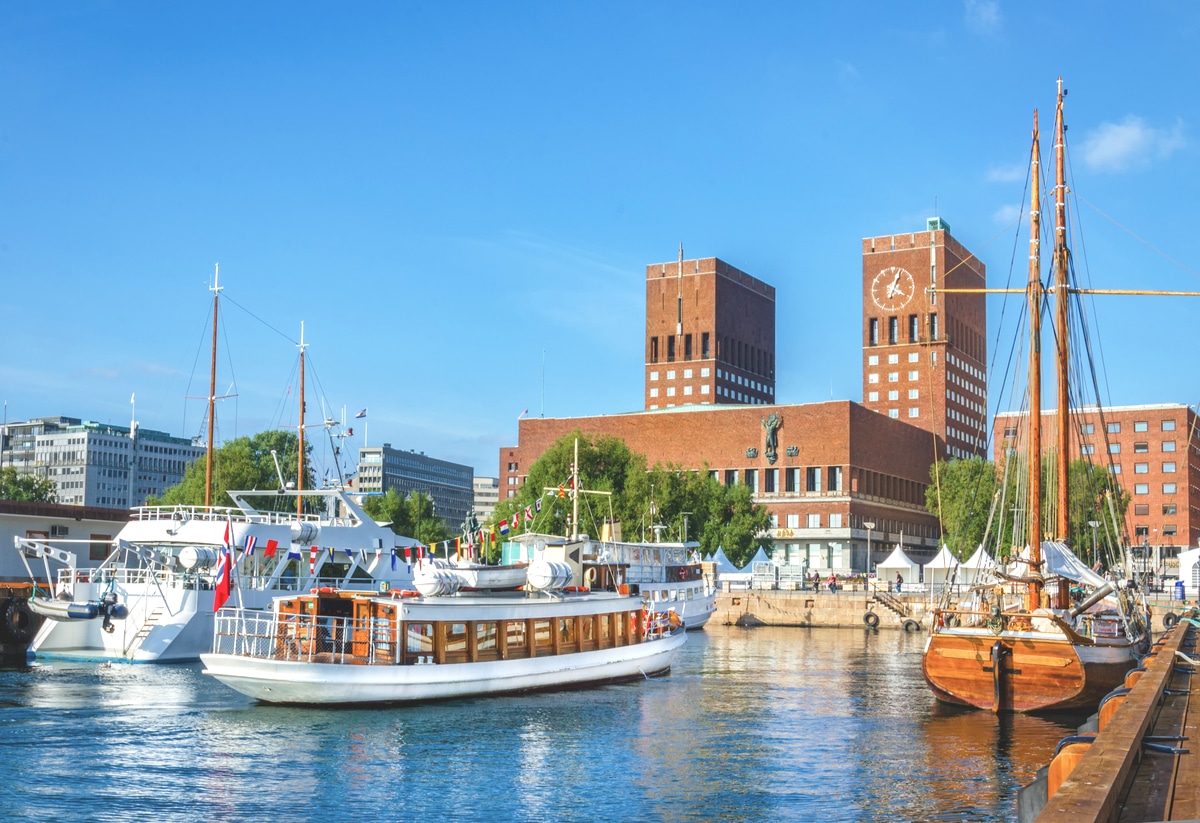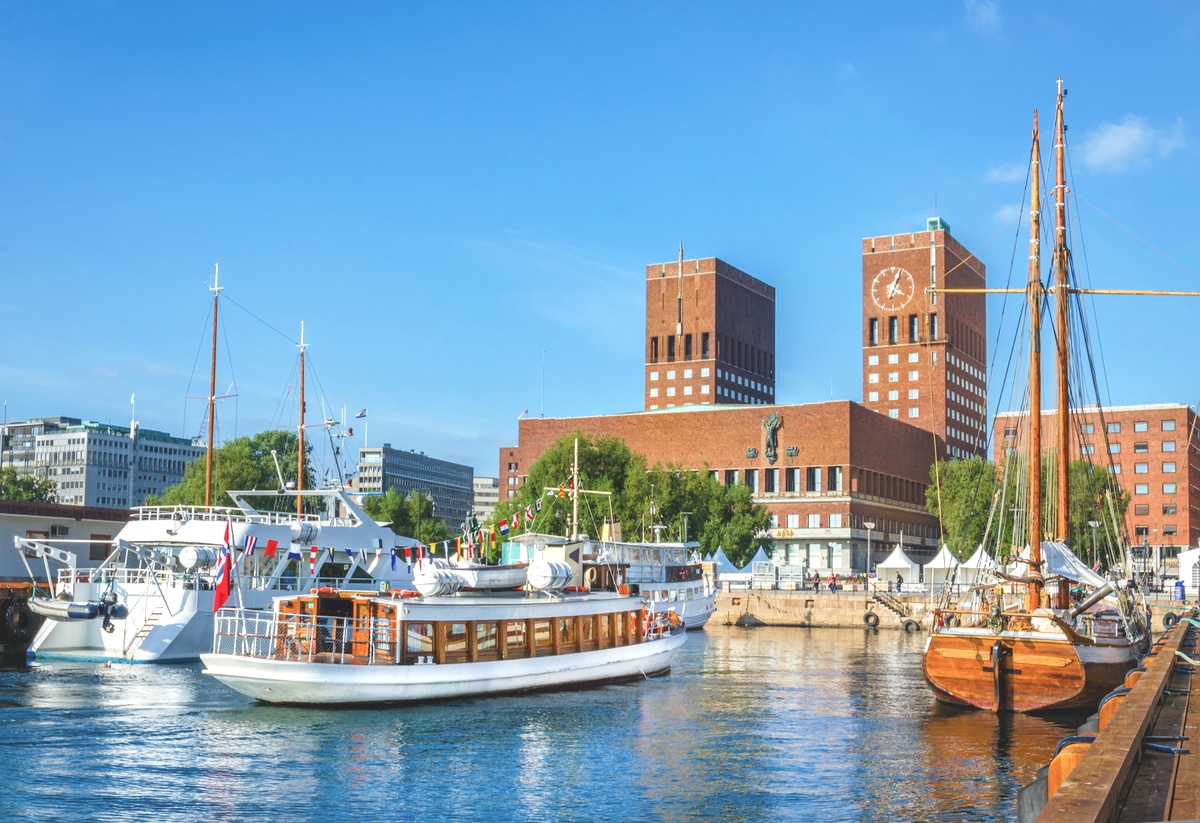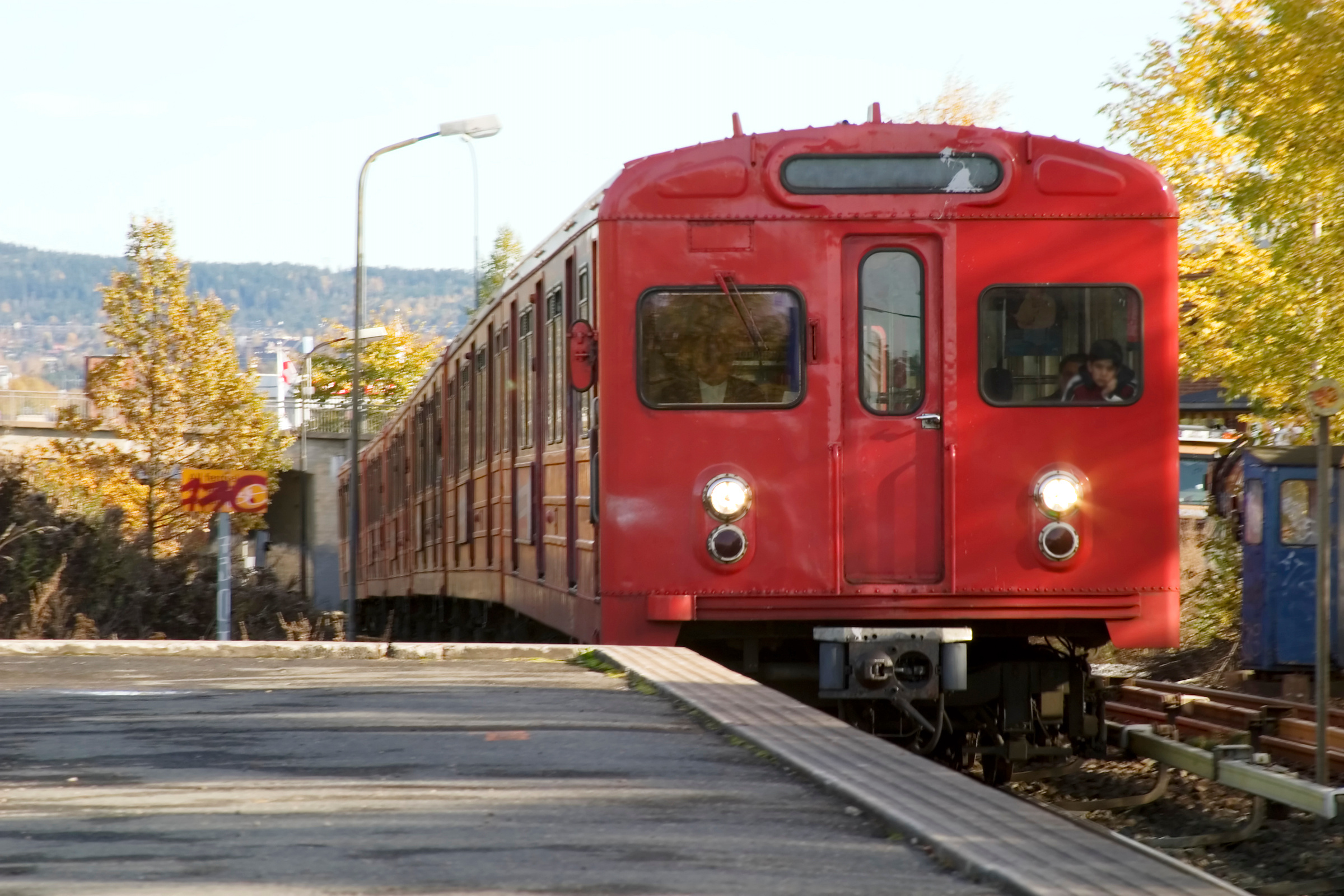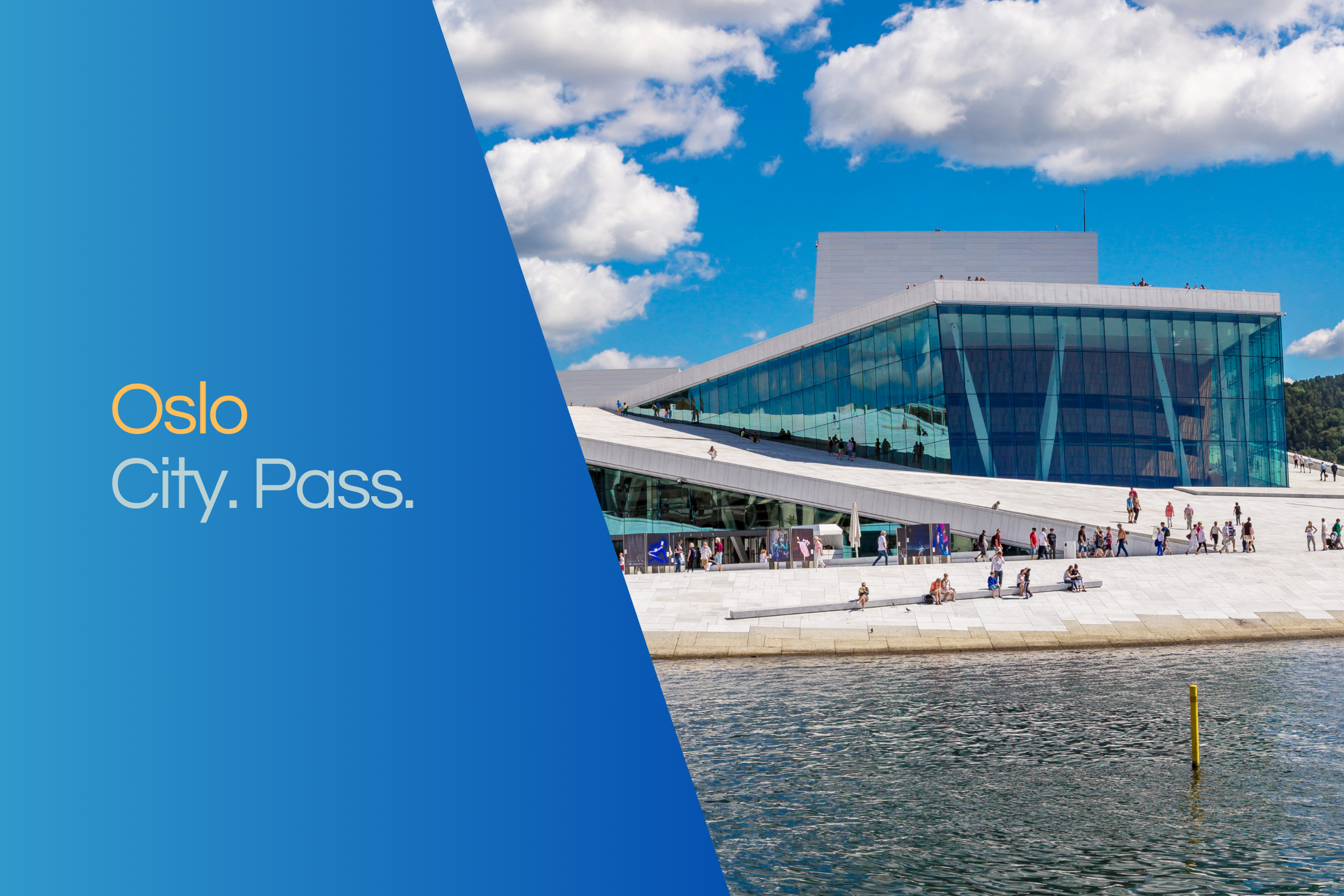Oslo City Hall
The City Hall of the Norwegian capital Oslo is considered a representative landmark of Norwegian independence. Visitors to the Norwegian city should definitely take the time to visit the historic building. The Oslo City Hall is known worldwide not least due to the fact that the Nobel Peace Prize is awarded here every year.

Origin of the building
The dissolution of the union with Sweden was an important milestone in Norway's history. This historic event led to the decision in 1905 that the newly won independence should be celebrated in a special way and that a building should be erected to commemorate the events. It took until 1914 for Oslo's mayor to push the project through a fundraising campaign. An architectural competition was held to find the right architects for this prestigious project, and the architects Arnstein Arneberg and Magnus Poulsson emerged as the winners.
However, due to the First World War and financing problems, it took until 1931 before the foundation stone could be laid. The architects had to produce a total of eight drafts before the final plan was drawn up. Although it was possible to move into the first rooms in 1939, the Second World War meant that construction work had to be interrupted. Due to this fact, the official inauguration ceremony could not take place until May 15, 1950.
Stylistically, the town hall clearly stands out, as it was created as a mixture between national romanticism, functionalism and pathetic classicism. The town hall consists of a central building, which houses the representative rooms and the town parliament. The building is complemented by two towers, one to the east and one to the west, which are used as office buildings. The towers are 66 metres and 63 metres high respectively. In total, the building offers 38,000 square metres of floor space.
Artfully designed interiors
Not only was attention to detail paid to the exterior design, but the interiors were also to be given a special touch. With the aim of incorporating the art, history and culture of Norway into the design, a competition was held in 1936 for the artistic design of the interiors. Here it was important that all materials originate from Norway.
The interior design also had to be interrupted due to the Second World War. Accordingly, it was possible to include the invasion by German soldiers in 1940 in the design, and this event is also reflected in the frescoes of the building. The frescoes were created by several well-known Norwegian artists. Among others, the east wall was designed by the Norwegian painter Alf Rolfsen. Each individual fresco deals specifically with a theme, so that the frescoes address all facets of Norwegian history.
The ceremonial gallery and the banquet hall are particularly well known, as they are used for official occasions. Among others, the work "Life" of Edvard Munch can also be found in the Oslo City Hall. Those who have the opportunity to visit the rooms of the city hall should not miss it, because the design ensures that visitors are quite pointed to political events and at the same time the great Norwegian artists of the first half of the 20th century could immortalize themselves here, so that quite art-interested visitors can not escape the fascination of the architecturally extraordinary building.





